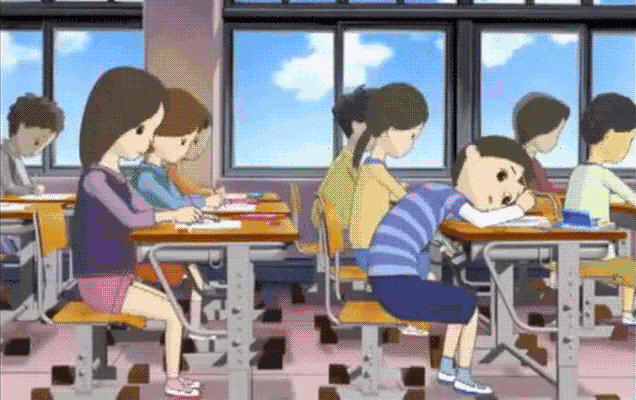
by Kenneth Lyen
Attention Deficit Hyperactivity Disorder (ADHD) (1,2)
The maddening thing about ADHD is that most of us have some of the symptoms ascribed to this diagnosis. If you cannot sit still, you keep fidgeting with your fingers, your mind wanders, and you cannot pay attention and finish what you’re doing, then you might have ADHD. Hands up those of you who have these symptoms!
Diagnosis
The problem with making a diagnosis of ADHD is that it is a spectrum, and the boundary between normal and abnormal is very blur. There are no laboratory or brain imaging studies that are diagnostic, although some EEG changes may be helpful. Therefore, we rely almost exclusively on a constellation of symptoms and signs.
Children who present only with inattention without physical hyperactivity, are often missed, or their diagnosis delayed. It is only when school exam results come back below expectations, or teachers complain to the parents that their child is daydreaming, that the problem surfaces.
In contrast, children who are physically hyperactive and impulsive, might also be missed especially in boys, because it is natural for them to be energetic, aggressive and talkative. It is only the extreme end of the spectrum where the student loses their temper, injures someone else, or is at risk of being expelled from the preschool or school, that parents seek medical or psychological help.
Unfortunately, there is no single diagnostic test that can accurately and unequivocally diagnose ADHD. Doctors and psychologists can use one of the following rating scales to help them diagnose and track ADHD symptoms. A few examples are:
- The American Psychiatric Association’s Diagnostic and Statistical Manual 5th Edition (DSM-V) (3). See below for instructions on how to use it for diagnosis.
- The Test of Variables of Attention (TOVA) (4). This is a computerized, objective measure of attention and inhibitory control for 4 years old and above.
- The Vanderbilt Assessment Scale. This 55-question assessment tool reviews symptoms of ADHD. It also looks for other conditions such as conduct disorder, oppositional-defiant disorder, anxiety, and depression.
- The Child Attention Profile (CAP). This scale is generally filled out by teachers and tracks common ADHD symptoms.
- Behavior Assessment System for Children (BASC). This test looks for things like hyperactivity, aggression, and conduct problems. It also looks for anxiety, depression, attention and learning problems, and lack of certain essential skills.
- Child Behavior Checklist/Teacher Report Form (CBCL). Among other things, this scale looks at physical complaints, aggressive or delinquent behaviour, and withdrawal.
- Conners Rating Scale. This is a questionnaire that asks about things like behaviour, work or schoolwork, and social life. They can show how these symptoms affect things like grades, job, home life, and relationships.
The DSM-V Test (3)
The American Psychiatric Association, in their Diagnostic and Statistical Manual 5th Edition (DSM-V) divides ADHD into two categories: a) Inattentive Type (used to be called Attention Deficit Disorder or ADD), and b) Hyperactivity and Impulsive Type.
a) Inattentive type
You need six (or five for people over 17 years) of the following symptoms that occur frequently, lasted for more than 6 months and found in at least two settings (eg school and home):
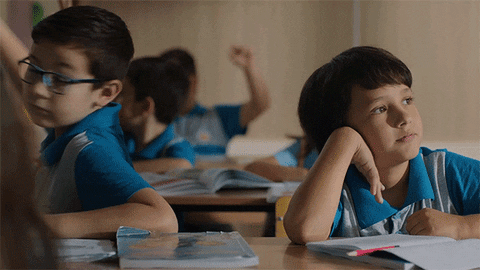
- Has problems staying focused on tasks or activities, such as during lectures, conversations or long reading.
- Doesn’t pay close attention to details or makes careless mistakes in school or job tasks.
- Does not seem to listen when spoken to (i.e., seems to be elsewhere).
- Does not follow through on instructions and doesn’t complete schoolwork, chores or job duties (may start tasks but quickly loses focus).
- Has problems organizing tasks and work (for instance, does not manage time well; has messy, disorganized work; misses deadlines).
- Avoids or dislikes tasks that require sustained mental effort, such as preparing reports and completing forms.
- Often loses things needed for tasks or daily life, such as school papers, books, keys, wallet, cell phone and eyeglasses.
- Is easily distracted.
- Forgets daily tasks, such as doing chores and running errands. Older teens and adults may forget to return phone calls, pay bills and keep appointments.
b) Hyperactive and Impulsive type
You need six (or five for people over 17 years) of the following symptoms that occur frequently, lasted for more than 6 months and found in at least two settings (eg school and home):

- Fidgets with or taps hands or feet, or squirms in seat.
- Not able to stay seated (in classroom, workplace).
- Runs about or climbs where it is inappropriate.
- Unable to play or do leisure activities quietly.
- Always “on the go,” as if driven by a motor.
- Talks too much.
- Blurts out an answer before a question has been finished (for instance may finish people’s sentences, can’t wait to speak in conversations).
- Has difficulty waiting his or her turn, such as while waiting in line.
- Interrupts or intrudes on others (for instance, cuts into conversations, games or activities, or starts using other people’s things without permission). Older teens and adults may take over what others are doing.
Differential Diagnosis
It is important to differentiate ADHD from conditions whose symptoms overlap. This includes thyrotoxicosis, where there can be inattention and hyperactivity. Another predisposition to inattention are some children who have dyslexia. When such children have difficulties reading and writing, they lose interest in their studies, and their mind wanders. It is important not to miss these diagnoses. There are comorbid conditions like autism spectrum disorder that one should be aware of.
Epidemiology (5)
Some 3% to 10% of the population have ADHD, making it one of the commonest neurodevelopmental disorders in the world. Because the diagnosis of ADHD is imprecise, the epidemiology can be quite variable. Take Singapore Institute of Mental Health study, for example (6). They quote a range of ADHD prevalence from 1.7% to 16%.
The ratio of males to females is just over 2:1 (7). The question is whether or not girls are underdiagnosed because they may be more equable less animated compared to boys?
Comparison of the epidemiology of ADHD in different countries are inconsistent. Some studies show now difference (8) between Asian compared to the Western countries. However, personal communications from many preschool and primary school teachers and principals observe that non-Asians tend to be more active in an Asian classroom.
Causes of ADHD
To explore the causes, one needs to define some of the components of ADHD. We need to ask many questions, including the following:
a) What is attention?
This is the ability to concentrate and maintain one’s attention. Looking at it from another point of view, it is the ability to filter out extraneous noise. Young children are more susceptible to inattention, and after a few years they can fix their attention quite well.
b) What is working memory?
Most people regard working memory synonymous with short term memory, but there is some debate about this. This is the ability to store an average of seven numbers, alphabets or words for 20-30 seconds. Recent studies have shown that working memory is stored in the prefrontal and parietal cortex.
c) What is executive function?
Executive function is a higher order ability for cognitive control, enabling one to reason, solve problems, organize, prioritize, and plan complex tasks. It involves the prefrontal cortex. The inability to take control of one’s activities and to prioritize, is one of the distinguishing features of loss of executive function. There is considerable overlap between this and ADHD. Most people with ADHD will have impaired executive function, although some people with loss of executive function do not have ADHD. However, understanding the relationship between the two can help in exploring the pathophysiology of ADHD.
Genetics (9,10)
Twin studies indicate that the hereditability of the disorder is between 60% to 80%. If a child has ADHD, the likelihood of one of the parents having the condition is 50%. And if the child is diagnosed with ADHD, the chances of a sibling also having the same diagnosis is 30%, which compares with a 3% to 10% risk in the general population.
To date there are no predominant gene mutations thought to cause ADHD. Large numbers of gene variations have been discovered to be associated with ADHD. Some are quite interesting, especially those that are involved in dopamine neurotransmission. Another interesting finding is that there seems to be an equal distribution of the gene mutations between males and females.
Brain Imaging (11)
Magnetic resonance imaging (MRI) and the more recent functional magnetic resonance imaging (fMRI) scans of the brain have helped delineate the anatomical and functional areas of the brain affected by ADHD. The following areas have been implicated:
a) Frontal cortex: this is involved in high level functions, including attention, and executive function.
b) Limbic System: this regulates emotions and attention.
c) Basal ganglia: deficiency of this area can cause inter-brain communication and information to short-circuit, and contribute towards ADHD.
d) Reticular activating system: this major relay system allows many pathways to enter and leave the brain; deficiency can cause inattention and hyperactivity.
Electroencephalogrphy (EEG) (12)
The EEG of ADHD shows an increase in theta slow wave in the fronto-central electrodes. It helps reinforce the clinical diagnosis of ADHD, but by themselves, the EEG is not sufficient to establish a definitive diagnosis.
Neurotransmitters (13)
Low levels of two neurotransmitters, noradrenaline and dopamine, have been found in some areas of the brain. Lack of these neurotransmitters can decrease conduction of neurones, and understanding the mechanism can help explain the drug treatment of ADHD.
Environmental Causes and Diets
Known factors predisposing to hyperactive behavior include genetic influences, or children who’s mothers drank alcohol heavily during their pregnancy, or were taking illicit or addictive drugs, or were heavy smokers.
Brain injury either from trauma, strokes, or meningoencephalitis (infections of the brain) are also associated with ADHD.
Intolerance or allergy to certain foods or drinks, such as milk, shellfish, sugar and wheat, are thought to produce hyperactivity in some children. There is anecdotal evidence that food additives, such as artificial coloring, preservatives and flavors, may contribute toward hyperactive behavior. However there is no good evidence that food or food additives can cause ADHD. Toxic pollutants such as lead, mercury, cadmium, insecticides, and herbicides, have also been postulated as potential causes, but they remain unproven. While we do not recommend any special diet to treat ADHD, and as long as the diet is safe, we do not stop parents trying out diets like avoiding sugars, or going on a gluten-free diet.
Comorbidities (14)
Because ADHD is so common, it would be expected that it might coexist with other conditions. There are quite a number of these comorbid conditions associated with ADHD, and they are listed here: anxiety, depression, autism, bipolar disorder, dyslexia, oppositional defiant disorder, obsessive compulsive and tic disorders. They often make the diagnosis of ADHD harder, especially if the comorbid symptoms are more apparent.
Treatment (15)
For mild ADHD, and for parents who refuse medications, the management of ADHD is behavioural therapy.
For more severe cases, there are several medicines available. The commonest medicine used is methylphenidate.
Methylphenidate is a stimulant drug that blocks the reuptake of dopamine and noradrenaline by neurons. The short-acting (Ritalin) is given orally and effects are noticeable within half an hour, and the effects last from 4 to 6 hours. The long-acting slow-release (Concerta) starts acting after 1 hour and it lasts from 8 to 12 hours. Side effects include loss of appetite, loss of sleep, anxiety, nervousness and nausea. When given with or after food, appetite is not affected. When administered in the daytime and avoiding giving it at night, there is no loss of sleep.
If teachers are not informed the student is taking methylphenidate and the parents quiz them to find if there are any changes in behaviour, most will answer positively. The students are often better behaved, less hyperactive, study longer, and exam results show significant improvements.
If a child is unable to take methylphenidate, the alternative is atomoxetine (Strattera). This is a noradrenaline reuptake inhibitor by neurons. It is better tolerated than methylphenidate, but it is less effective. Most of the side effects are gastrointestinal, including nausea, vomiting, heartburn, loss of appetite, and weight loss.
As a child gets older, the ADHD becomes less prominent, and some are able to stop medication. However, ADHD is a lifelong condition, and many continue taking medicines for quite a long time.
Strategies for the Home Management
Children with hyperactivity can learn to keep in check certain facets of their behavior. Parents need to draw up and implement a system of rules and rewards. They should also try to recognise their child’s strengths and weaknesses in order to help them build up their own self-regard and assurance. Try the following strategies:
Establish a few consistent rules of conduct. Phrase these rules positively in terms of what your child is expected to do. If these rules are broken, deal with them immediately with a set of actions that you have previously worked out. You should have a set of “deterrents” that you and your spouse have agreed upon, and you must not display disagreements on their imposition in front of your child.
Praise your child and reward them for good behavior. Hyperactive children tend to respond well to a structured system of rewards for good behavior. By awarding points for preferred behavior and subtracting points for undesirable conduct, this system encourages the child to earn privileges or rewards through better behavior. You can make charts or use stickers to demonstrate the results of good behavior. Try to concentrate on a few behaviors at a time. Additional behaviors can be tackled as others are controlled.
For the older child, draw up a written contract with your child whereby he promises to do their homework every day or exhibits certain desired behaviors. On completion of the task or adherence to the behavior, the child can choose certain privileges, such as the right to watch a particular television program. If your child fails to discharge their side of the contract, the promised privilege can be withdrawn.
Provide a time-out place for your child to go to when he or she is unmanageable. This should not be seen as a location for punishment, but rather as a place the child uses to cool off. The best place is probably the child’s bedroom. Just ensure that the place is safe for the child. Younger children may have to be instructed to go to the time-out location, but older children should realize themselves when they need to cool off and go on their own.
Create an area free from distractions and specify a time every day for your child to do homework. He should not be permitted to watch TV or listen to loud rock music while doing homework.
Keep a calendar of long-term plans and stick it on the refrigerator door or noticeboard.
Make your child write in a notebook what homework the teacher has set, and check it every night to ensure that it has been done.
In general, adopt positive strategies such as using praise and rewards. Do not expose or dwell upon your child’s weaknesses. Instead, you should help your child build their personal strengths. Avoid using sarcasm, mockery, or hostility. It only makes them feel dejected when told: “it’s so easy, anyone can do it.” Short, mild rebukes can help them focus their mind.
Prognosis
It used to be thought that children will totally grow out of their hyperactive behavior. Some symptoms, such as attention deficit, will improve with age. However, there is evidence that just over half the children with hyperactivity will continue to experience related problems as adults.
Many adolescents with hyperactivity lag behind their peers academically and are more prone to substance abuse and antisocial ats. Hence, psychological services and support should be provided throughout the entire period of the hyperactive child’s schooling. Smaller class sizes enabling teachers to give more individualized attention, discovering and encouraging special skills in art, music and sports, can also help the hyperactive child.
Any Advantages to Having Attention Deficit Hyperactivity?
According to Hallowell and Ratey, individuals with ADHD tend to be warm, creative, flexible, loyal, innovative and hard-working. Unfortunately, if their hyperactivity is too severe, they may not have the opportunity to express these positive qualities. An interesting observation is that many hyperactive individuals are creative and excel in the arts, entrepreneurship, entertainment, inventions, etc. Below is a picture of some famous people who are believed to have ADHD.
History of ADHD
Hyperactive behavior is a condition which can be traced back to ancient times. Research into this condition was first documented in the early 1900s by the English physician, George Still. He thought that hyperactive behavior was due to brain problems rather than moral failing, which was the prevailing attitude of that era. During the 20th century, many labels and definitions of the disorder have come and gone. These include “minimal brain damage, minimal brain dysfunction, hyperkinetic reaction of childhood, defect in moral control, post-encephalitic disorder, and hyperkinesis.” Current diagnostic changes have revolved around delineating the disorder according to whether the symptom of inattention exists with or without the symptom of hyperactivity.
Famous People with ADHD (16,17)
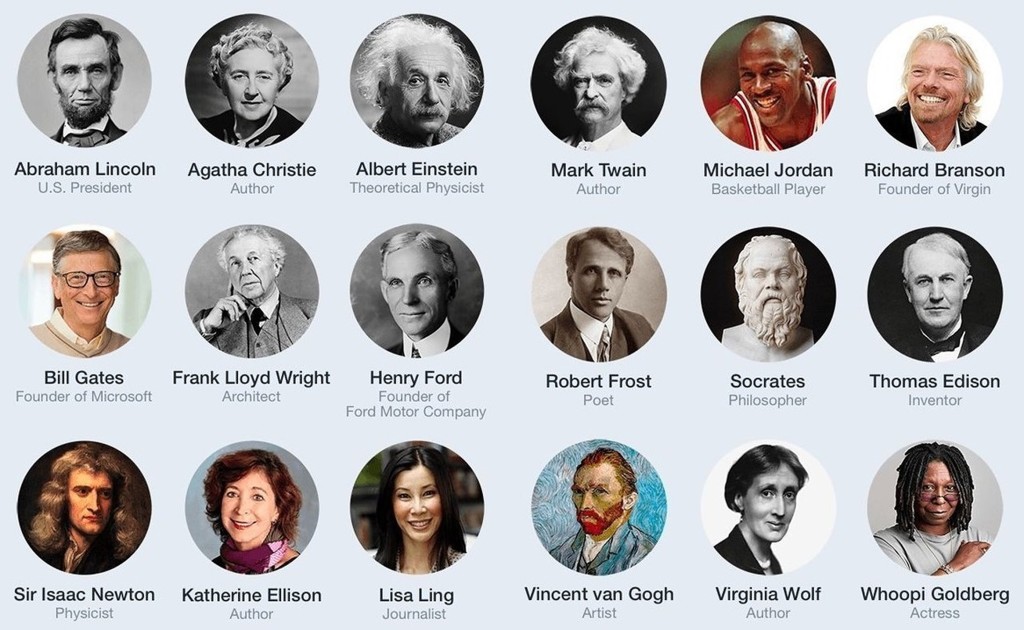
It is impossible to prove whether whose people who are no longer with us, really had ADHD. Richard Branson, the founder of the Virgin Group, is a self-confessed ADHD, although it has not been officially diagnosed. It is postulated that when your mind is overactive, you tend to think of a wider range of topics. If you link disparate ideas together, you might stumble upon something truly original. Creativity is the hallmark of the above famous people, and we would not be surprised that they have exploited ADHD as a gift that leads them to become a genius.
A question you might ask, is whether or not treating these people’s ADHD might rob them of their achievements?
Conclusions
ADHD is one of the most fascinating conditions that nearly all of us will encounter in our lives. It can affect our friends, colleagues, families, and sometimes even ourselves! There are so many unknowns and unexplored paths. The diagnosis is nebulous, the causes are largely undetermined, how medicines exert their actions are controversial, and why do so many people with ADHD go on to achieve so much in their lives? The author proposes that one could borrow techniques used in computerized gait analysis and combine it with continuous video recording, to derive an index of motor hyperactivity. These data can then be added to results of psychological testing. A composite picture can then be derived which will not only assist in the diagnosis, but will also help in measuring the degree of hyperactivity. There is obviously a lot more work to do before we can understand more fully the cause and management of this challenging condition. For the curious-minded, ADHD is an ocean worth exploring for the hidden treasures scattered all over.
References
1 Medscape. ADHD
https://emedicine.medscape.com/article/289350-overview#showall
2 Wikipedia: ADHD
https://en.wikipedia.org/wiki/Attention_deficit_hyperactivity_disorder
3 CDC. American Psychiatric Association Diagnostic and Statistical Manual 5th edition (DSM-V) test for ADHD
https://www.cdc.gov/ncbddd/adhd/diagnosis.html
4 The Test of Variables of Attention (TOVA)
https://www.tovatest.com/
5 CHADD. General prevalence of ADHD.
https://chadd.org/about-adhd/general-prevalence/
6 Singapore Institute of Mental Health. Brain-computer interface study.
https://www.imh.com.sg/research/page.aspx?id=894
7 Ramdekkar UP et al. Sex and age differences in attention-deficit/hyperactivity disorder symptoms and diagnoses.
https://www.ncbi.nlm.nih.gov/pmc/articles/PMC3101894/
8 Liu A et al. The prevalence of attention deficit/hyperactivity disorder among Chinese children and adolescents
https://www.nature.com/articles/s41598-018-29488-2
9 Nichols H. Is ADHD genetic?
https://www.medicalnewstoday.com/articles/325594#is-adhd-genetic
10 Thapar A. Discoveries on the genetics of ADHD in the 21st century
https://ajp.psychiatryonline.org/doi/10.1176/appi.ajp.2018.18040383
11 Paloyelis Y et al. Functional magnetic resonance imaging in attention deficit hyperactivity disorder (ADHD).
https://www.ncbi.nlm.nih.gov/pmc/articles/PMC3763932/
12 Lenartowitz K, Loo SK. Use of EEG to diagnose ADHD.
https://www.ncbi.nlm.nih.gov/pmc/articles/PMC4633088/
13 Silver L. ADHD Neuroscience 101.
https://www.additudemag.com/adhd-neuroscience-101/
14 ADDitude. When It’s Not Just ADHD: Symptoms of Comorbid Conditions
https://www.additudemag.com/when-its-not-just-adhd/
15 British National Health Service (NHS). Treatment attention deficit hyperactivity disorder.
https://www.nhs.uk/conditions/attention-deficit-hyperactivity-disorder-adhd/treatment/
16 Goodman DW. Famous people with ADHD.
https://addadult.com/add-education-center/famous-people-with-adhd/
17 Montijo S. 33 famous faces of ADHD
https://greatist.com/health/adhd-celebrities#historical-figures-with-adhd
Written by Kenneth Lyen
24 June 2021

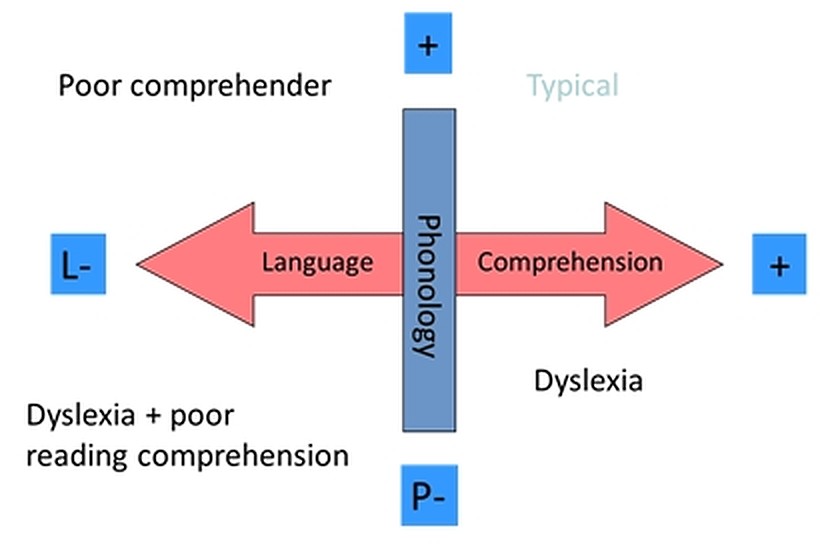
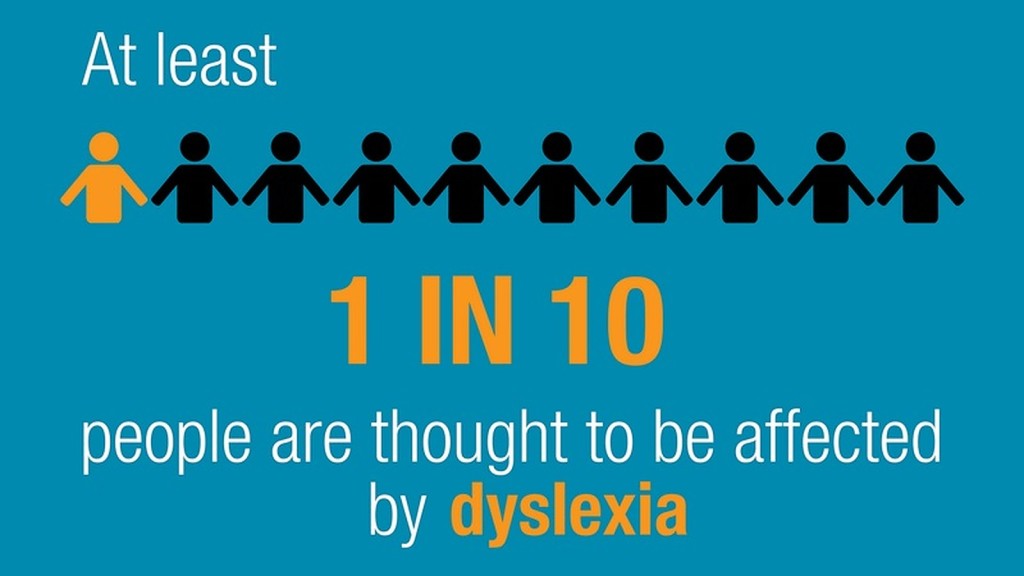
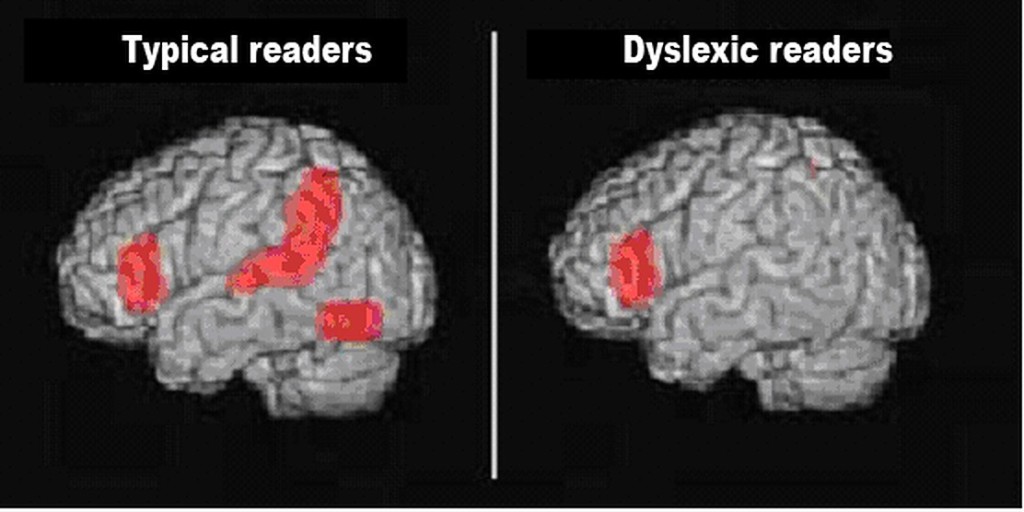
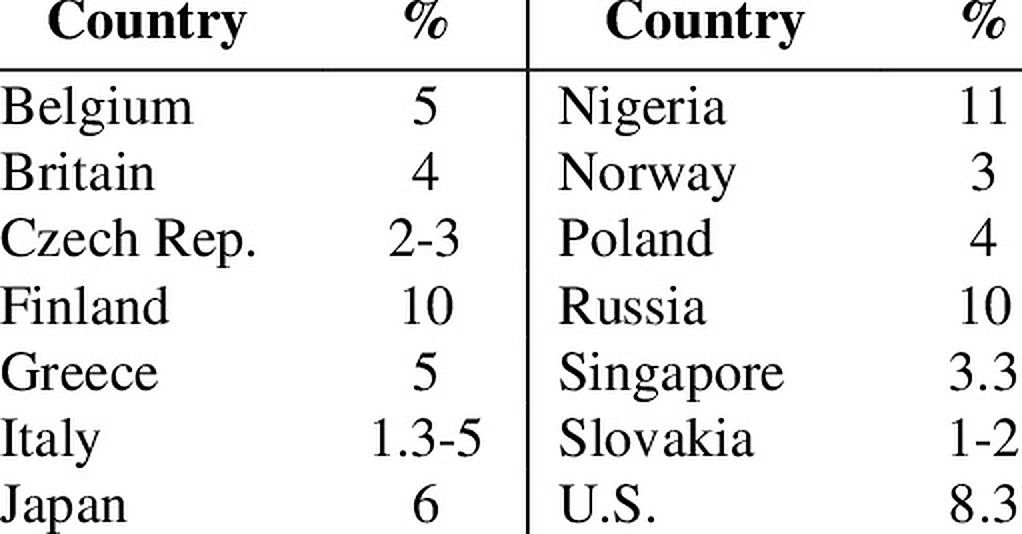



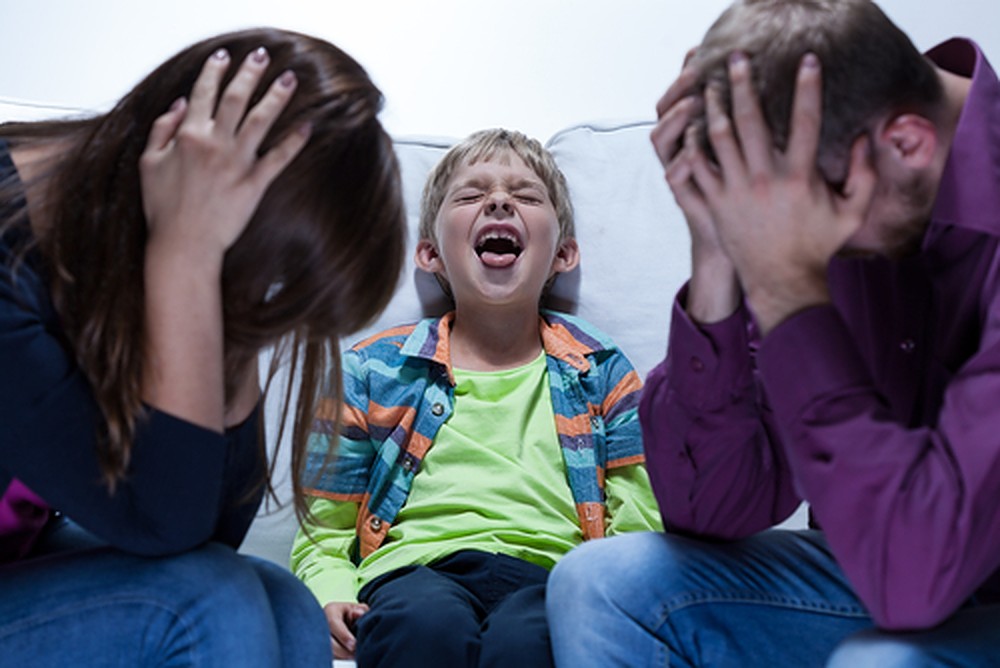




You must be logged in to post a comment.